Trijicon is not a normal company. Trijicon makes optics, and they aren’t afraid to take risks. To make cool, weird, and downright strange optics no one else would dare to make. If it weren’t for the fact that they’re also known for putting Bible verses on their optics, I might even suspect some psychedelics were sometimes involved.
When people think of Trijicon they probably think of the ACOG, the most successful combat optic in the history of the world. Or the little RMR, originally designed to piggyback on the same, but now mostly seen riding on pistol slides. Folks don’t necessarily think of traditional dot sights or thermals — though lately Trijicon has been taking some time to change some minds.
MRO SD
It’s not that Trijicon hasn’t done anything with dots before; they’ve had their own spins with rad redundant illumination options. Optics that run via radiation in the dark, the sun in day, and even chemical light sticks if it’s the apocalypse. If you want something cool and old to put on a belt-fed, get a Trijicon Reflex RX01. If you want to confuse your friends, find a TriPower. If you want to feel like a Saudi or sicario, get yourself an SRS. But if you want Trijicon’s first attempt at a traditional-not-traditional red dot, that’s the MRO.
Trijicon MRO SD
- Battery Life: 2.5 years
- (setting 3)
- Reticle: 2 MOA dot
- Weight: 4.8 ounces
- MSRP: $786
- URL: trijicon.com
The main problem with the MRO is that it looked like a regular red dot without actually being one. The MRO featured an atypical optical arrangement that allowed for a wide field of view while having a small rear objective; in reality, it’s more like a tiny LPVO at 1x than any dot.
This came with strange optical effects that weren’t always obvious, but usually didn’t matter. (Hell, I’ve been running one for more than a decade on a PDW without real issue.) The complaints mainly occurred when the OG MRO was used with a magnifier, which exacerbated issues by adding unintended optical elements.
Yes, sometimes things don’t work well when you add things on that they weren’t designed for.
This led to the release of the MRO HD in 2020. The MRO HD is more like a traditional dot and is specifically designed for use with a magnifier, and Trijicon even sells them as a bundle. Now, five years later, we have the MRO SD, the latest in the line and the most refined.
The main difference that you’ll notice between the MRO SD and HD is that the multi-reticle option is gone with the SD, which only has a crisp 2-MOA dot (the larger emitter a multi-reticle requires can cause some errant reflections). There are some slight dimensional changes, but you’d have to break out calipers to tell.
ON BLUENESS & BATTERY LIFE
Though a battery life measured in years is the norm these days, we don’t often hear how these fueling feats are actually accomplished. The most egregious foreign manufacturers simply lie. But there are several honest approaches, with many manufacturers balancing a bit of each. One of the ways to do it is by rapidly flickering the emitter on and off, ideally fast enough that you don’t notice that it’s ever off in the first place. This frequency is how LEDs operate anyhow, but mucking with the rate has been standard for well over a decade.

Less often discussed is the role that color rendition plays.
When it comes to acquisition of a dot, the speed of it, contrast is the most important aspect. Contrast is how different the dot appears from the background. How it pops. With a reflex design, an LED projects the reticle against the inside of the front element. The coating on the glass is designed to allow most of the light to pass through, but it reflects the red (or other color) of the LED back to your eye. Think of it like a mirror that only reflects a particular frequency of light.
Consequently, the image you see through this window has less red, so the hue is more blue. The more red light that’s reflected, the darker blue the glass, the greater the contrast, and the less power the LED needs — there’s one way to save some power. This is at the expense of color rendition, of course.
But, the Trijicon MRO SD has very good color rendition. There’s a touch of blue, but it’s really, really good. Almost nothing with both eyes open. The battery life is also 2.5 years on the middle setting. So, what gives? In short: purpose-made parts and quality engineering.

Manufacturers who use that highly red-reflective/dark blue glass can also get away with cheap, broad-spectrum, Mainland manufacture LED emitters; the specs can change in a week, and it won’t matter. Trijicon is using a German LED emitter with extremely consistent quality, which allows them to have a more-refined optical coating. This means they can maximize visible light transmission and only have to reflect back what the emitter produces.
In terms of other optical qualities, our example had no offset, bulging, or magnification issues. Off-axis shooting, even from a helicopter (oh yeah — see next issue) was no problem at all. I mean, it’s a red dot — it does red dot stuff very well, as expected.
PLAYING PREDATOR
Once solely in the realm of science fiction followed by well-funded military units, thermal optics are now increasingly common. It’s not hard to see the advantage that the ability to see heat brings — it can be a helluva force multiplier on the battlefield, and even a crappy thermal beats the pants off of no thermal at all, which is readily seen in Ukraine.

They aren’t for everything, though. They’re most useful at night when temperatures between warm-blooded beings and the environment have the most contrast. You can safely think of thermal scopes like ruggedized digital video cameras with reticles on the screen, because that’s exactly what they are. There’s a lens on the front, an image sensor inside, and a screen you look through on the back. The difference here is that the image sensor captures midrange-IR light and not the visible spectrum, and even the “high resolution” thermals aren’t.
Trijicon REAP-IR / IR-HUNTER
- Resolution: 640×480 12μm
- Optical Magnification: (1.2x, 1.75x, and 3x)
- Weight: 27.5 – 41.5 ounces
- MSRP: Starting at $7,209
- URL: trijicon.com
Here in the States the main use case is hunting. There’s a tapestry of governance concerning hunting with NV/thermals, so they’re especially common for nuisance animals or invasive species, as they’re typically subject to less regulation.
You’ll have to check your local laws.


Trijicon gave their REAP-IR and IR-HUNTER thermal scope lines a refresh. The difference between the two models is that the REAP line has a side joystick for control and the HUNTER uses a dial. They all have the same 640×480 12μm sensor inside, are available in three different base magnification levels (1.2x, 1.75x, and 3x), and have the exact same MSRPs. There must either be contract requirements or very dedicated followings for both, because it’s a bit redundant.
There’s now a port for a microSD card to record video and screenshots. And you can record an awful lot of video too, because it’s the same resolution as a 2000s camera phone. To be fair, when you’re looking through in the moment it’s not so bad, especially because the glass is good. There are also a lot of image adjustment options that can help considerably.

The optics can run on a pair of CR123s for a few hours, but better to plug into the USB-C. There’s no app required, and everything you need is on-board; thank goodness, because gun companies are invariably awful app developers anyway. The last thing you want is some required update or permission to link your phone before you can take a shot.
EASY ZERO
We’ve seen plenty of rifle zero gimmicks over the years. Lots of “one shot zero” claims that don’t hold up to scrutiny. I can’t tell you that I witnessed any single-shot zeroes, but I watched several scopes and rifles get set up in three and most under five. Sure, if you have thermal optic money you probably have the cash for a few extra rounds of ammo, but no one likes burning it for no reason, and no one likes spending too much time on administration.
Here’s how it works:
You need a target with a heat signature; we used some chemical hand warmers stapled to the target. You shoot the target from a rest. From an internal menu, you simply mark where you held the reticle and where the rounds actually it — the scope will update it for you on the spot. Confirm and move forward.

Clearly you have to do your part. If you can’t shoot or your ammo is bad, your zero will be bad — but that goes for any zero. After going through this simple process, I didn’t miss a single first shot taken with a REAP-IR. I started with the Easy Zero process a bit skeptical, but there’s something there.
These are pretty damn tough optics, too. Though it made the product manager nervous, I watched one of these get thrown from a helicopter twice — don’t try that one at home. Are they cheap? Of course not — they’re made in America with American components, not by children in China.
Since our founding in 2012, RECOIL remains the premier firearms lifestyle publication for the modern shooting enthusiast. We deliver cutting-edge coverage of guns, gear, accessories and technology. We go beyond basic reviews, providing no B.S. buyer’s guides, hands-on testing and expert analysis on everything from firearms and survival equipment to watches and vehicles.
Our reviewers are the backbone of our operation and come from diverse shooting backgrounds: Former law enforcement, military veterans, competitive shooters, seasoned hunters and plain old firearms enthusiasts. Furthermore, we’re not just gun experts, but dedicated journalists who adhere to the strictest standards of our profession.
At RECOIL, editorial independence is the foundation of everything we publish and the cornerstone of reader trust. Our editors, writers and content creators make all editorial decisions independently, free from outside influence. That boils down to: advertisers don’t dictate our coverage, the outcomes of our reviews or what we recommend in our buyer’s guides. First and always, our commitment is to our audience—ensuring every review and article is accurate, unbiased, and driven by real-world experience.
Whether you’re selecting your next firearm, upgrading your gear, or exploring the latest innovations in the shooting world, RECOIL provides the trusted insights you need to make informed decisions. Learn more about our Editorial Standards and how we review products.

NEXT STEP: Download Your Free Target Pack from RECOIL
For years, RECOIL magazine has treated its readers to a full-size (sometimes full color!) shooting target tucked into each big issue. Now we’ve compiled over 50 of our most popular targets into this one digital PDF download. From handgun drills to AR-15 practice, these 50+ targets have you covered. Print off as many as you like (ammo not included).
Get your pack of 50 Print-at-Home targets when you subscribe to the RECOIL email newsletter. We’ll send you weekly updates on guns, gear, industry news, and special offers from leading manufacturers – your guide to the firearms lifestyle.
You want this. Trust Us.
Read the full article here

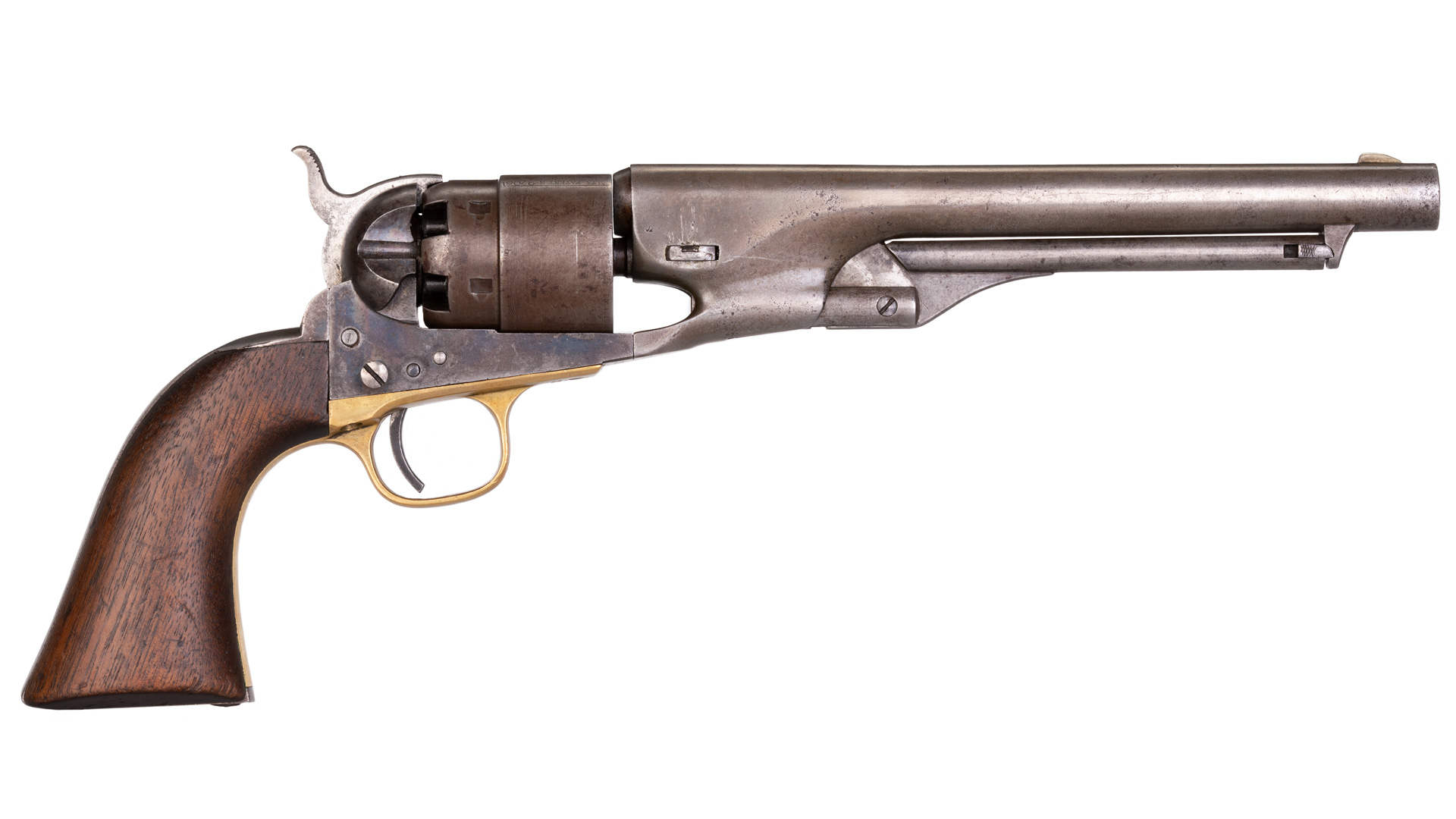


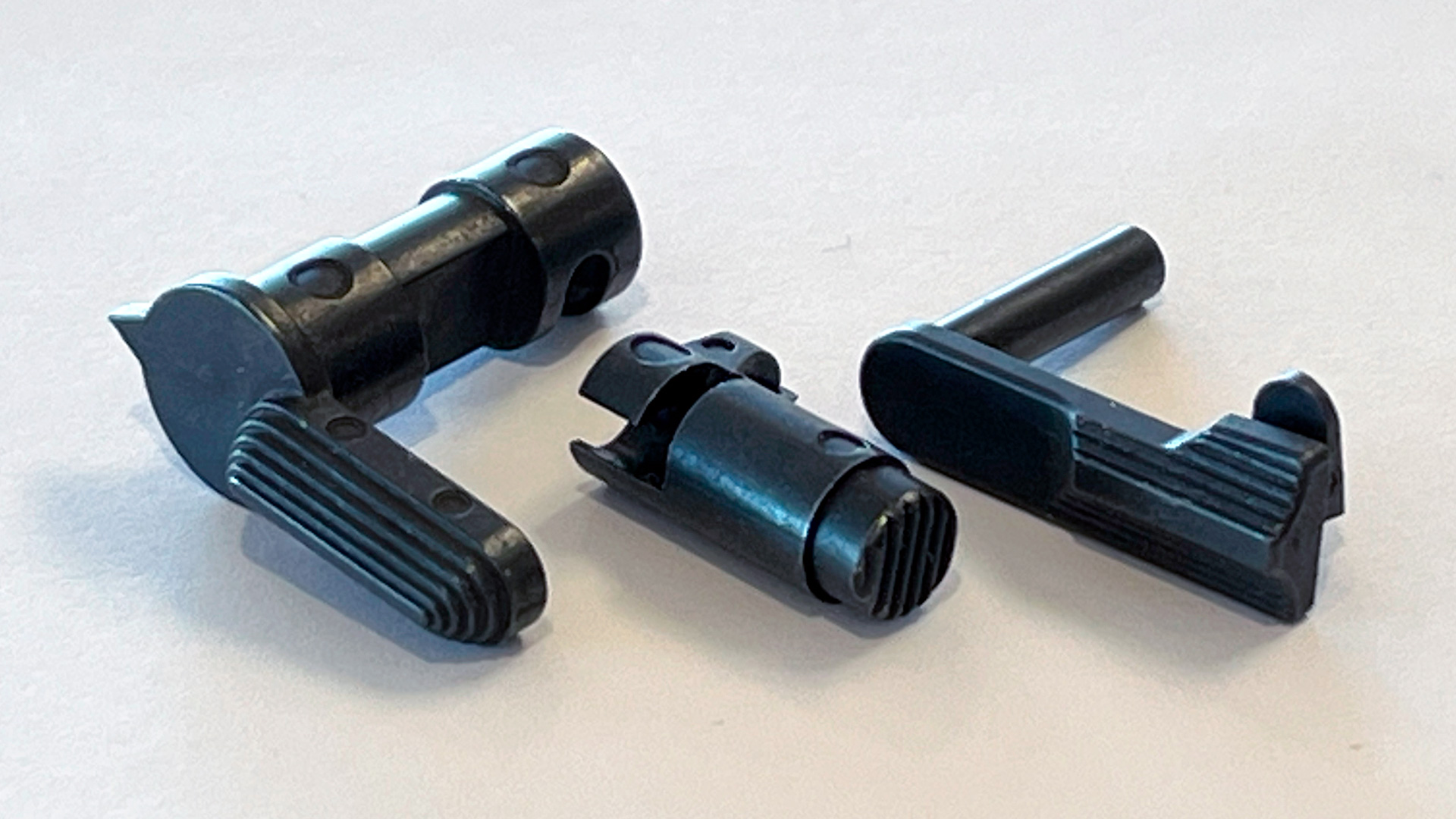
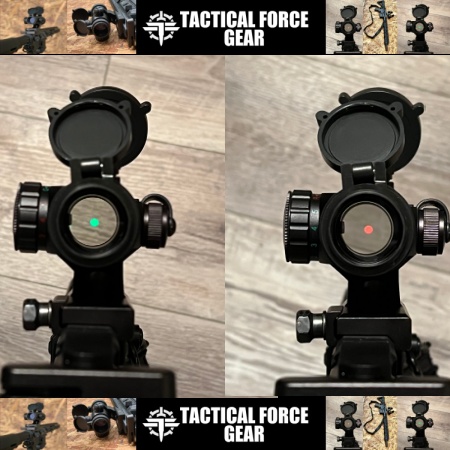

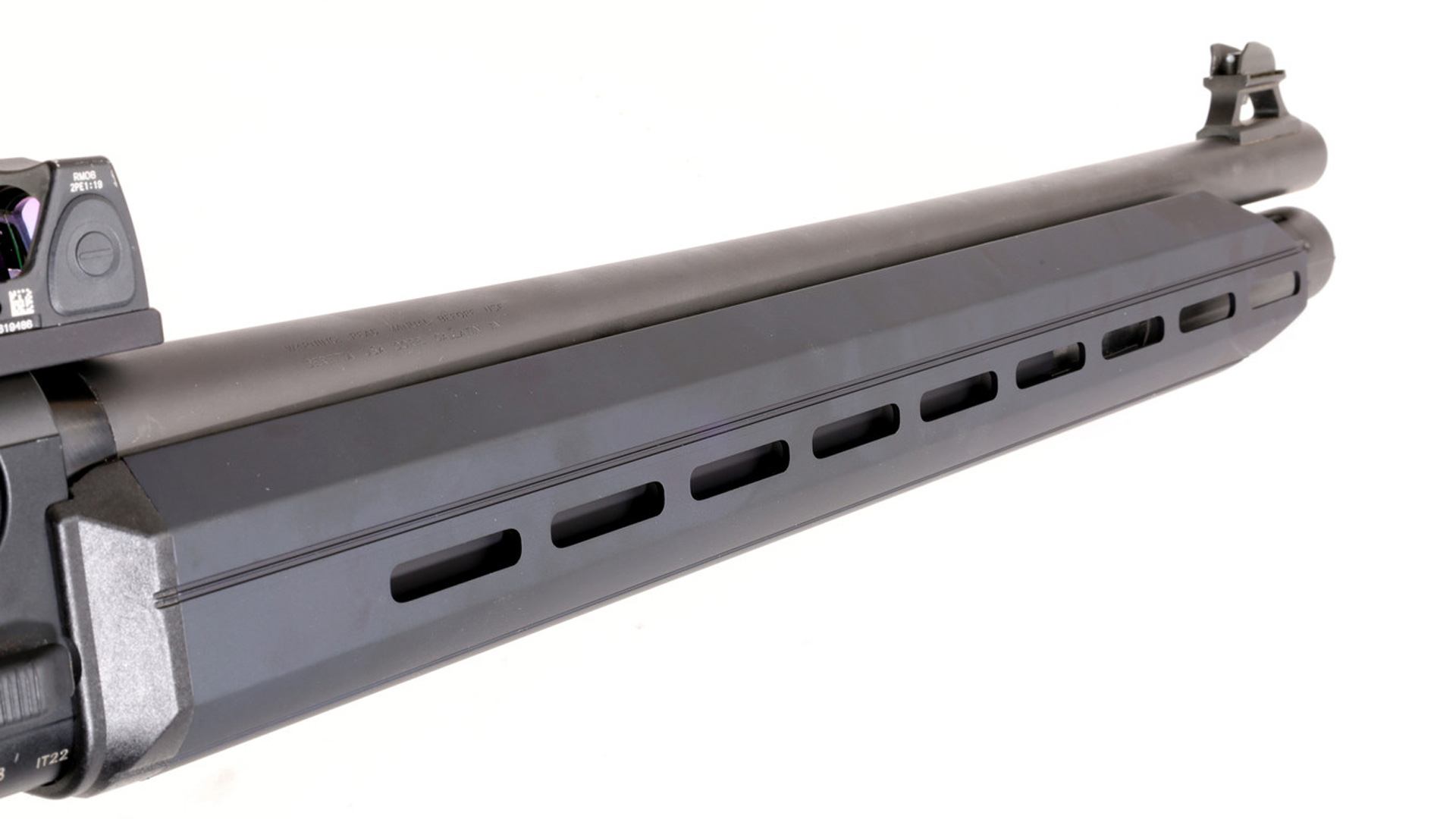


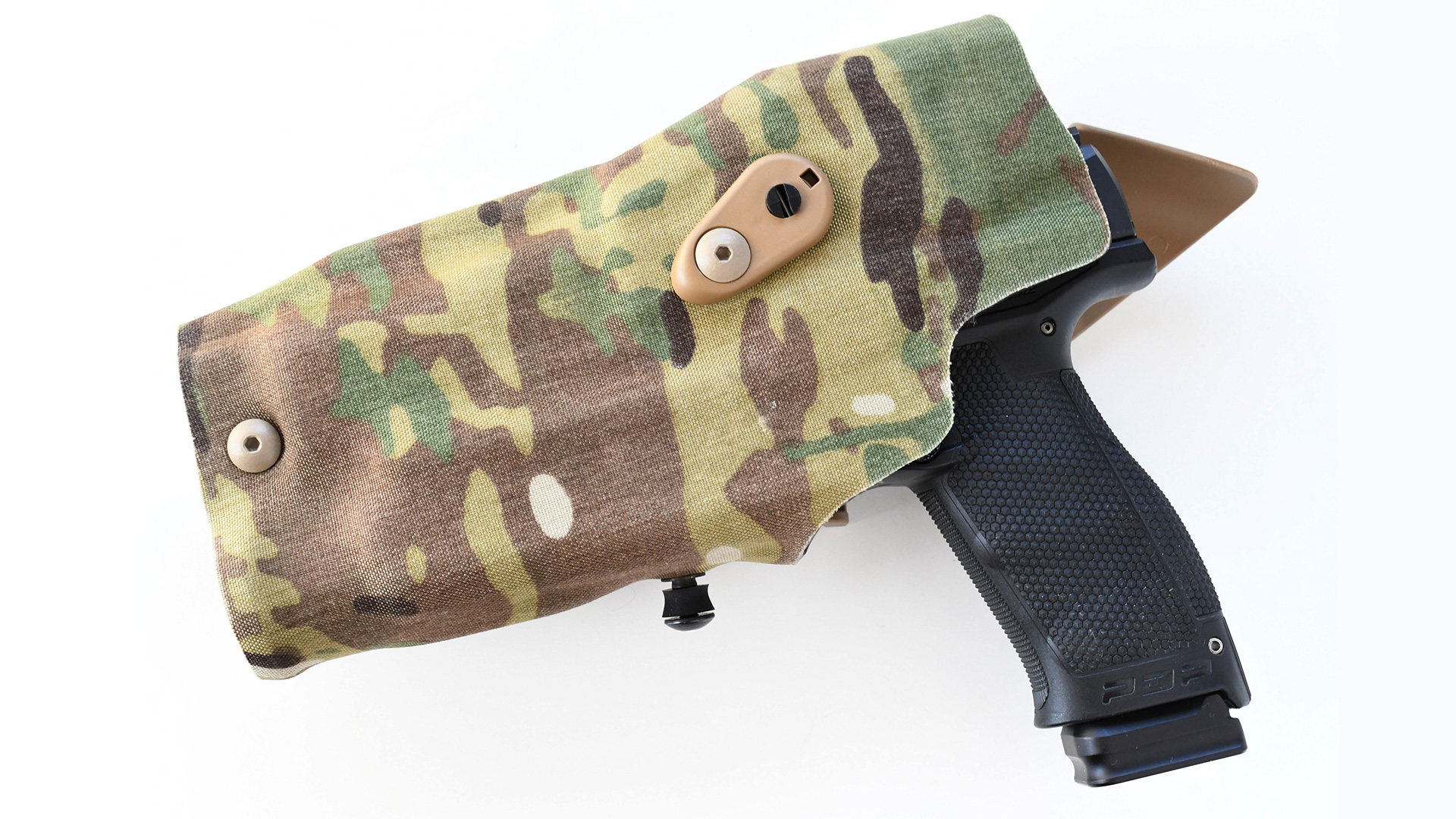



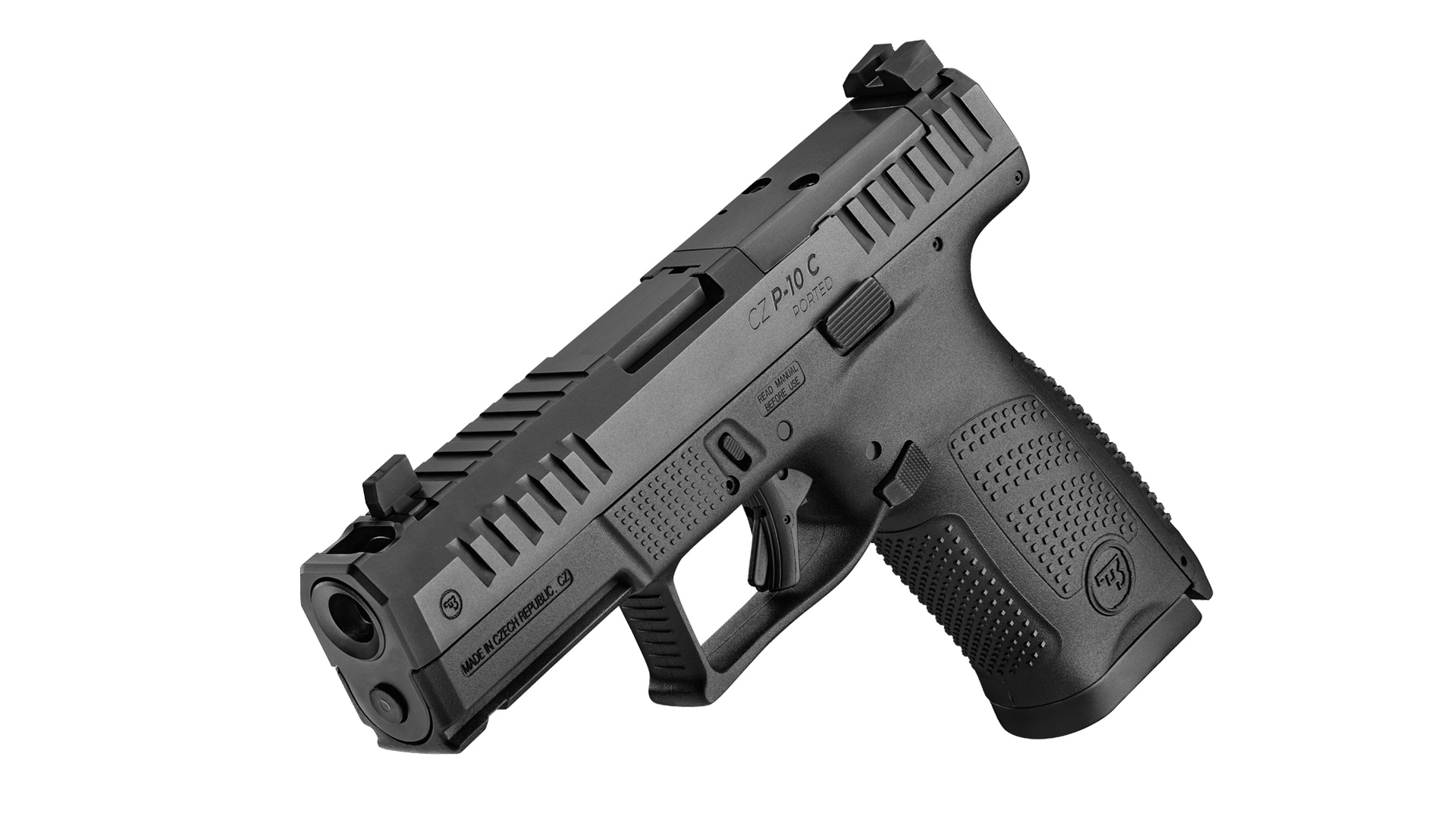

Leave a Reply